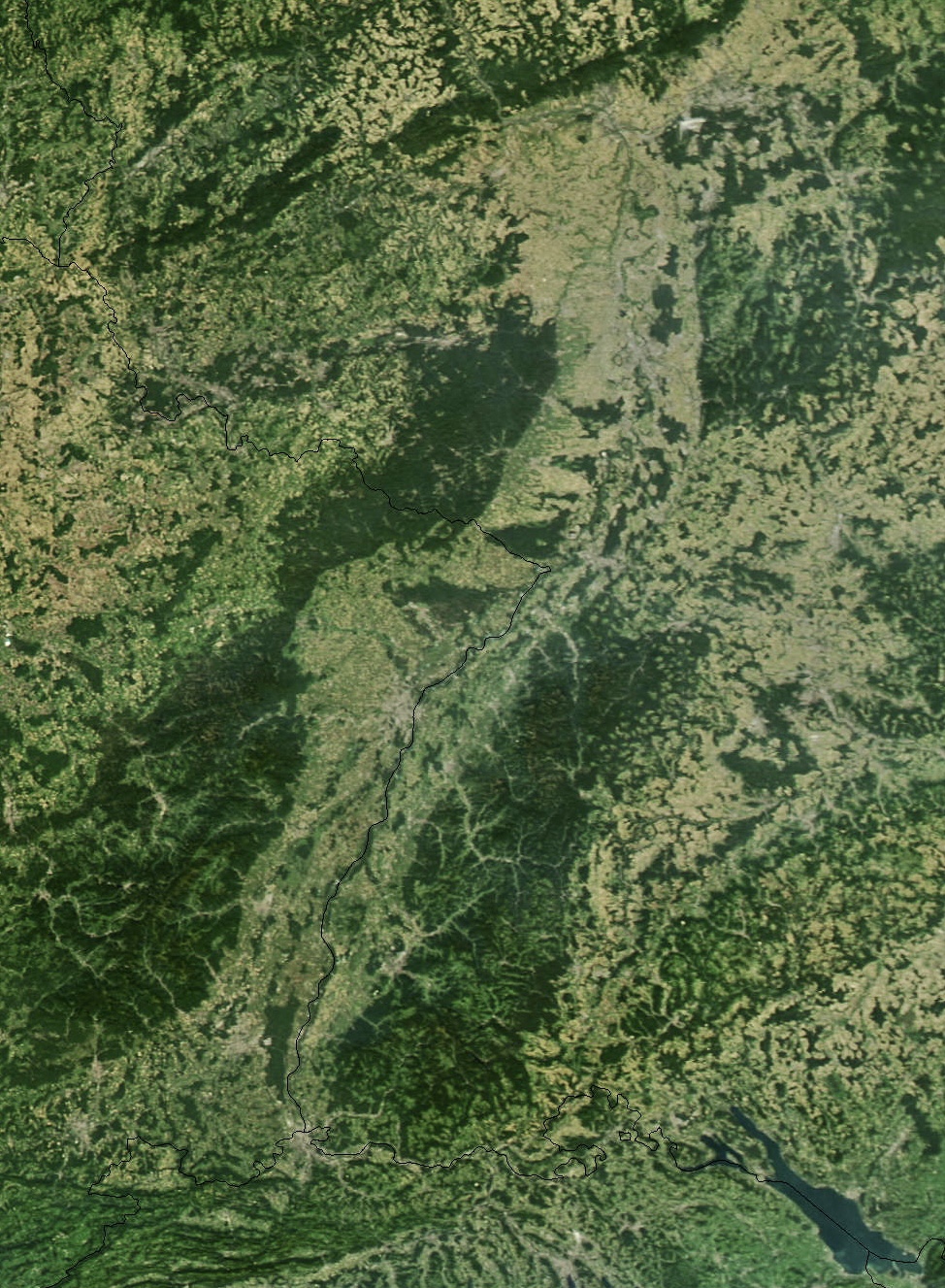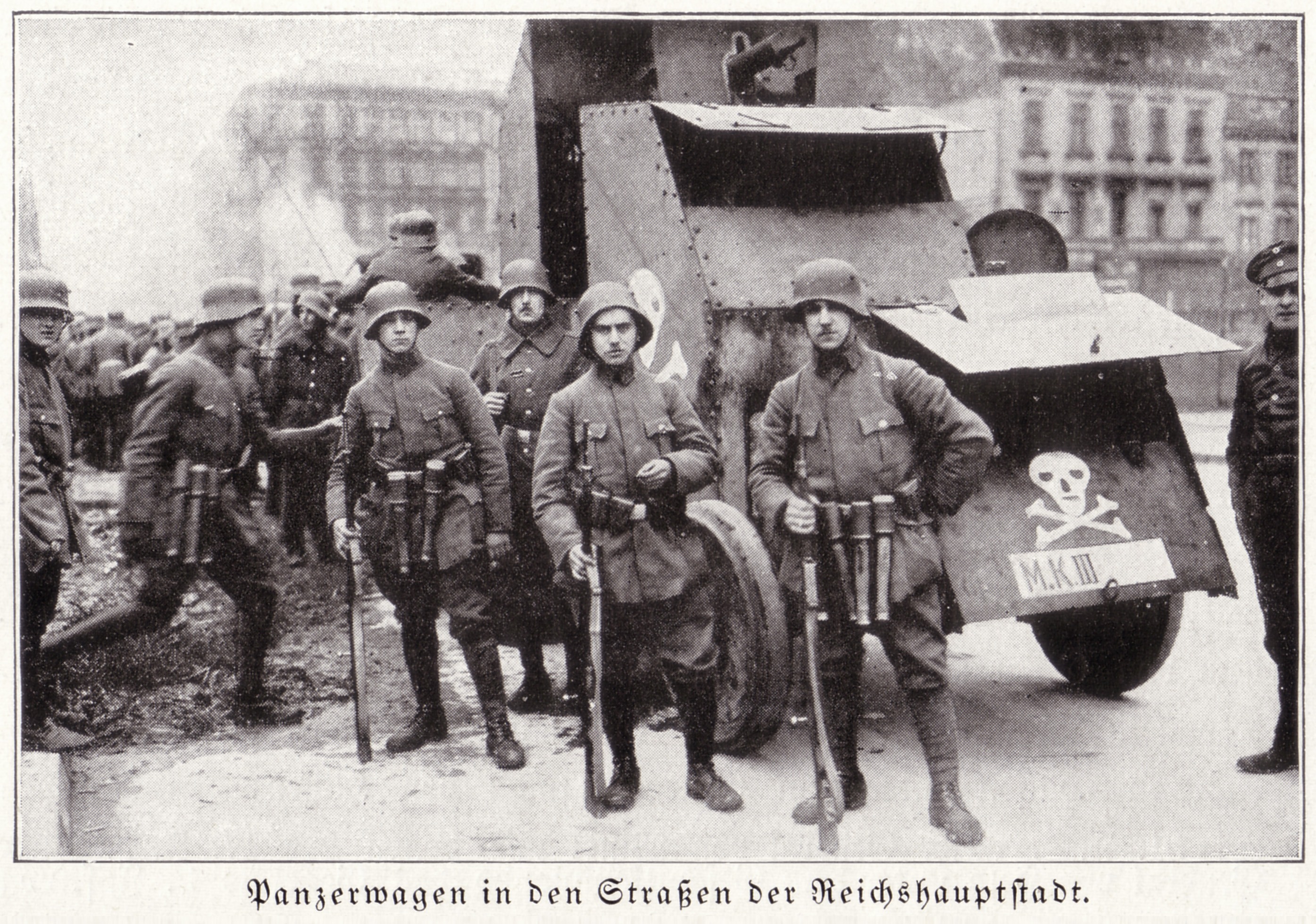|
Artur Schmitt
Artur Schmitt (20 July 1888 – 15 January 1972) was a highly decorated German soldier during World War I and World War II. While serving as a General with the ''Afrikakorps'' during World War II, Schmitt was awarded the ''Ritterkreuz des Eisernen Kreuzes'' (Knight's Cross of the Iron Cross), which was usually awarded to recognise extreme bravery, or successful military leadership. Early life Schmitt was born at Albersweiler in what was then the Bavarian Rhine District. He was educated at the ''Humanistische Gymnasium'' at Landau in der Pfalz. In 1907 he joined the Bavarian Army, as an officer cadet with the '' Königlich Bayerisches 18. Infanterie-Regiment „Prinz Ludwig Ferdinand“'' (German Wikipedia; "18th Royal Bavarian Infantry Regiment "Prince Louis Ferdinand"), in Landau and attended the ''Bayerische Kriegsakademie'' (Bavarian War Academy) in Munich. In 1912, Schmitt joined the Imperial ''Schutztruppe'' and was posted to the colony of German Southwest Africa (late ... [...More Info...] [...Related Items...] OR: [Wikipedia] [Google] [Baidu] |
Albersweiler
Albersweiler is a municipality in the Südliche Weinstraße ("Southern Wine Road") district, in Rhineland-Palatinate, Germany. It is part of the ''Verbandsgemeinde'' Annweiler am Trifels. History Middle Ages The village was first mentioned in 1065. Samuel, abbot of the Weissenburg Monastery in Alsace endowed the altars of the Redeemer and the Mother of God; one was in Adelbresddeswilare of Albratheswilre. In 985, Duke Otto I took possession of Albersweiler and 67 other locations from the Weissenburgers, as a part of the "Salian Church Robbery." By 1219, the hamlet was controlled by Annweiler. by 1274, the town of Landau had taken control, and was using Albersweiler as a quarry. By the fifteenth century, Albersweiler had been divided between two different lords, and the main street of the village formed a state border: the southern section became a part of the Duchy of Palatine Zweibrücken, and the northern part belonged to Geschlecht von Scharfenberg. Early Modern During ... [...More Info...] [...Related Items...] OR: [Wikipedia] [Google] [Baidu] |
War Academy (Kingdom Of Bavaria)
The Bavarian War College, also Bavarian Staff College ( Ge: ''Bayerische Kriegsakademie'') was the highest military facility to educate, instruct, train, and develop ''general staff officers''. It was active from 1867 to the beginning of World War I in 1914. For a better comparison, equivalent institutions of other countries were those like the older and ten times larger Prussian War College of the Prussian Army in Berlin or the k.u.k Kriegsschule (also a War College) of the Austrian Army in Vienna. The War College was subordinated to the ''Inspektion der Militärbildungs-Anstalten'', a department of the Ministry of War, which was responsible for all training and institutions of the Bavarian Army.''Kriegsakademie'' (German), in Wilhelm Volkert, Richard Bauer: ''Handb ... [...More Info...] [...Related Items...] OR: [Wikipedia] [Google] [Baidu] |
Generalmajor
is the Germanic variant of major general, used in a number of Central and Northern European countries. Austria Belgium Denmark is the second lowest general officer rank in the Royal Danish Army and Royal Danish Air Force. As a two-star rank it is the equivalent to the rank of counter admiral in the Royal Danish Navy. The rank is rated OF-7 within NATO. It has the grade of M404 within the Ministry of Defence's pay structure. The rank of major general is reserved for the Chief of the army and air force. History On 25 May 1671, the ranks were codified, by King Christian V, with the publication of the Danish order of precedence. Here generals of the branch were placed below Lieutenant field marshal ( da, Feltmarskal Lieutenant), and above the noble rank of Count and the military rank of Lieutenant general. As part of the Army Reform of 1867, the ranks of Major, Lieutenant colonel were removed and only a single "General" rank was kept. After the 1880 reform, the gene ... [...More Info...] [...Related Items...] OR: [Wikipedia] [Google] [Baidu] |
Poland
Poland, officially the Republic of Poland, is a country in Central Europe. It is divided into 16 administrative provinces called voivodeships, covering an area of . Poland has a population of over 38 million and is the fifth-most populous member state of the European Union. Warsaw is the nation's capital and largest metropolis. Other major cities include Kraków, Wrocław, Łódź, Poznań, Gdańsk, and Szczecin. Poland has a temperate transitional climate and its territory traverses the Central European Plain, extending from Baltic Sea in the north to Sudeten and Carpathian Mountains in the south. The longest Polish river is the Vistula, and Poland's highest point is Mount Rysy, situated in the Tatra mountain range of the Carpathians. The country is bordered by Lithuania and Russia to the northeast, Belarus and Ukraine to the east, Slovakia and the Czech Republic to the south, and Germany to the west. It also shares maritime boundaries with Denmark and Sweden. ... [...More Info...] [...Related Items...] OR: [Wikipedia] [Google] [Baidu] |
Strasbourg
Strasbourg (, , ; german: Straßburg ; gsw, label=Bas Rhin Alsatian, Strossburi , gsw, label=Haut Rhin Alsatian, Strossburig ) is the prefecture and largest city of the Grand Est region of eastern France and the official seat of the European Parliament. Located at the border with Germany in the historic region of Alsace, it is the prefecture of the Bas-Rhin department. In 2019, the city proper had 287,228 inhabitants and both the Eurométropole de Strasbourg (Greater Strasbourg) and the Arrondissement of Strasbourg had 505,272 inhabitants. Strasbourg's metropolitan area had a population of 846,450 in 2018, making it the eighth-largest metro area in France and home to 14% of the Grand Est region's inhabitants. The transnational Eurodistrict Strasbourg-Ortenau had a population of 958,421 inhabitants. Strasbourg is one of the ''de facto'' four main capitals of the European Union (alongside Brussels, Luxembourg and Frankfurt), as it is the seat of several European insti ... [...More Info...] [...Related Items...] OR: [Wikipedia] [Google] [Baidu] |
Upper Rhine
The Upper Rhine (german: Oberrhein ; french: Rhin Supérieur) is the section of the Rhine between Basel in Switzerland and Bingen in Germany, surrounded by the Upper Rhine Plain. The river is marked by Rhine-kilometres 170 to 529 (the scale beginning in Konstanz and ending in Rotterdam). The ''Upper Rhine'' is one of four sections of the river (the others being the High Rhine, Middle Rhine and Lower Rhine) between Lake Constance and the North Sea. The countries and states along the Upper Rhine are Switzerland, France (Alsace) and the German states of Baden-Württemberg, Rhineland-Palatinate and Hesse. The largest cities along the river are Basel, Mulhouse, Strasbourg, Karlsruhe, Mannheim, Ludwigshafen and Mainz. The Upper Rhine was straightened between 1817 and 1876 by Johann Gottfried Tulla and made navigable between 1928 and 1977. The Treaty of Versailles allows France to use the Upper Rhine for hydroelectricity in the Grand Canal d'Alsace. On the left bank are the ... [...More Info...] [...Related Items...] OR: [Wikipedia] [Google] [Baidu] |
Military Logistics
Military logistics is the discipline of planning and carrying out the movement, supply, and maintenance of military forces. In its most comprehensive sense, it is those aspects or military operations that deal with: * Design, development, acquisition, storage, distribution, maintenance, evacuation, and disposition of materiel. * Transport of personnel. * Acquisition or construction, maintenance, operation and disposition of facilities. * Acquisition or furnishing of services. * Medical and health service support. Etymology and definition The word "logistics" is derived from the Greek adjective ''logistikos'' meaning "skilled in calculating", and the corresponding Latin word ''logisticus''. In turn this comes from the Greek ''logos'', which refers to the principles of thought and action. Another Latin root, ''log-'', gave rise to ''logio'', meaning to lodge or dwell, around 1380, and became the French verb , meaning "to lodge". Around 1670, the French King Louis XIV created t ... [...More Info...] [...Related Items...] OR: [Wikipedia] [Google] [Baidu] |
Aschaffenburg
Aschaffenburg (; South Franconian: ''Aschebersch'') is a town in northwest Bavaria, Germany. The town of Aschaffenburg is not part of the district of Aschaffenburg, but is its administrative seat. Aschaffenburg belonged to the Archbishopric of Mainz for more than 800 years. The town is located at the westernmost border of Lower Franconia and separated from the central and eastern part of the ''Regierungsbezirk'' (administrative region) by the Spessart hills, whereas it opens towards the Rhine-Main plain in the west and north-west. Therefore, the inhabitants speak neither Bavarian nor East Franconian but rather a local version of Rhine Franconian. Geography Location The town is located on both sides of the Main in north-west Bavaria, bordering to Hesse. On a federal scale it is part of central Germany, just southeast of Frankfurt am Main. In the western part of the municipality, the smaller Aschaff flows into the Main. The region is also known as ''Bayerischer Untermain ... [...More Info...] [...Related Items...] OR: [Wikipedia] [Google] [Baidu] |
Silesian Uprisings
The Silesian Uprisings (german: Aufstände in Oberschlesien, Polenaufstände, links=no; pl, Powstania śląskie, links=no) were a series of three uprisings from August 1919 to July 1921 in Upper Silesia, which was part of the Weimar Republic at the time. Ethnic Polish and Polish-Silesian insurrectionists, seeking to have the area transferred to the newly founded Polish Republic, fought German police and paramilitary forces which sought to keep the area part of the new German state founded after World War I. Following the conflict, the area was divided between the two countries. The rebellions have subsequently been commemorated in modern Poland as an example of Polish nationalism. Background Much of Silesia had belonged to the Crown of Polish Kingdom in medieval times, but it passed to the Kings of Bohemia in the 14th century and, following this, to the Austrian Habsburgs. Frederick the Great of Prussia seized Silesia from Maria Theresa of Austria in 1742 in the War of Austr ... [...More Info...] [...Related Items...] OR: [Wikipedia] [Google] [Baidu] |
Soviet Westward Offensive Of 1918–19
The Soviet Union,. officially the Union of Soviet Socialist Republics. (USSR),. was a transcontinental country that spanned much of Eurasia from 1922 to 1991. A flagship communist state, it was nominally a federal union of fifteen national republics; in practice, both its government and its economy were highly centralized until its final years. It was a one-party state governed by the Communist Party of the Soviet Union, with the city of Moscow serving as its capital as well as that of its largest and most populous republic: the Russian SFSR. Other major cities included Leningrad (Russian SFSR), Kiev (Ukrainian SSR), Minsk ( Byelorussian SSR), Tashkent ( Uzbek SSR), Alma-Ata ( Kazakh SSR), and Novosibirsk (Russian SFSR). It was the largest country in the world, covering over and spanning eleven time zones. The country's roots lay in the October Revolution of 1917, when the Bolsheviks, under the leadership of Vladimir Lenin, overthrew the Russian Provisional Gover ... [...More Info...] [...Related Items...] OR: [Wikipedia] [Google] [Baidu] |
Freikorps
(, "Free Corps" or "Volunteer Corps") were irregular German and other European military volunteer units, or paramilitary, that existed from the 18th to the early 20th centuries. They effectively fought as mercenary or private armies, regardless of their own nationality. In German-speaking countries, the first so-called ("free regiments", Freie Regimenter) were formed in the 18th century from native volunteers, enemy renegades, and deserters. These, sometimes exotically equipped, units served as infantry and cavalry (or, more rarely, as artillery); sometimes in just company strength and sometimes in formations of up to several thousand strong. There were also various mixed formations or legions. The Prussian included infantry, jäger, dragoons and hussars. The French '' Volontaires de Saxe'' combined uhlans and dragoons. In the aftermath of World War I and during the German Revolution of 1918–19, consisting largely of World War I veterans were raised as paramilitar ... [...More Info...] [...Related Items...] OR: [Wikipedia] [Google] [Baidu] |





